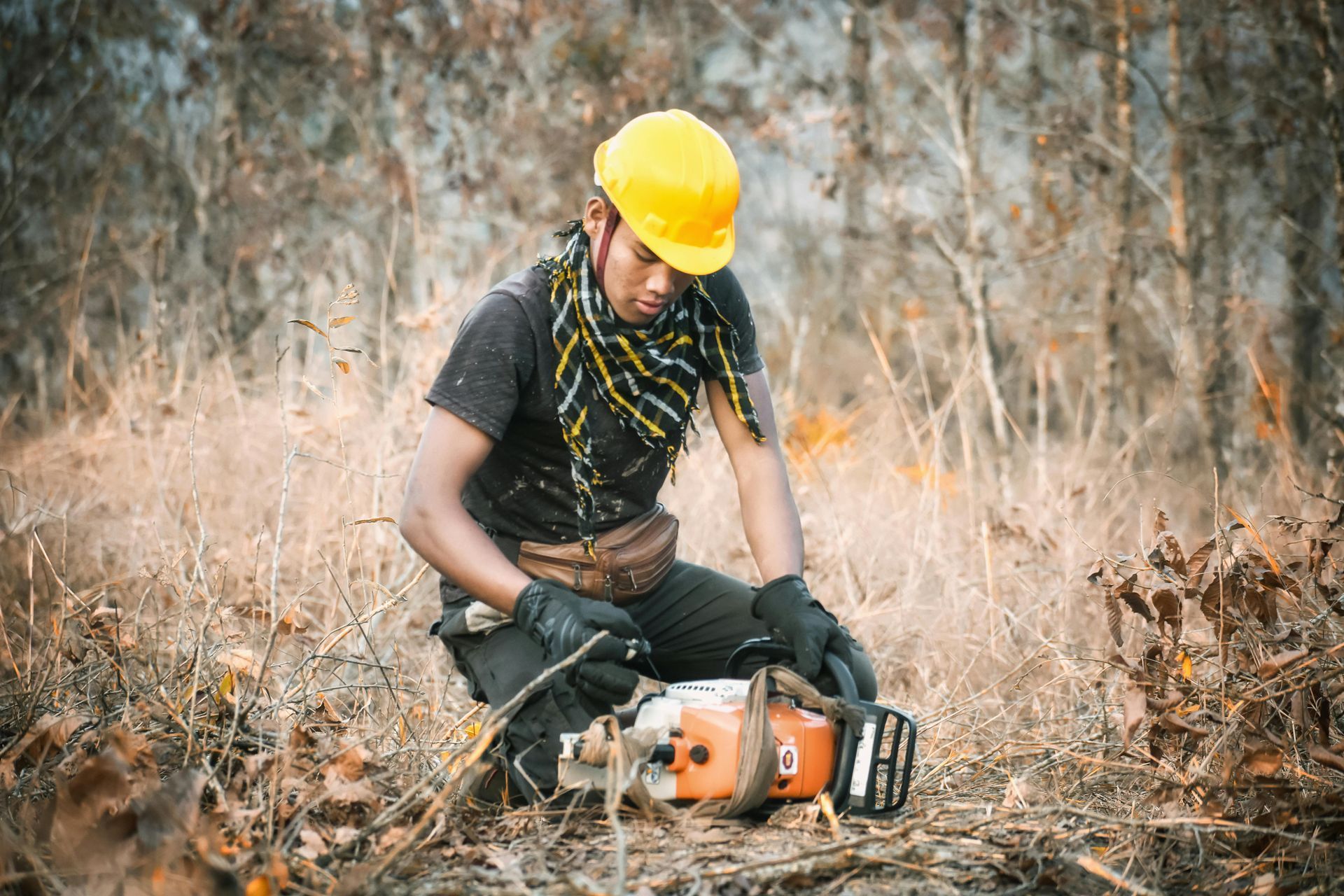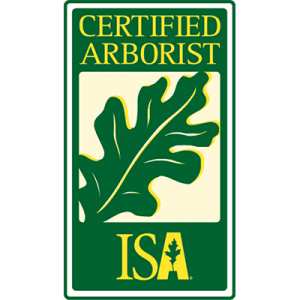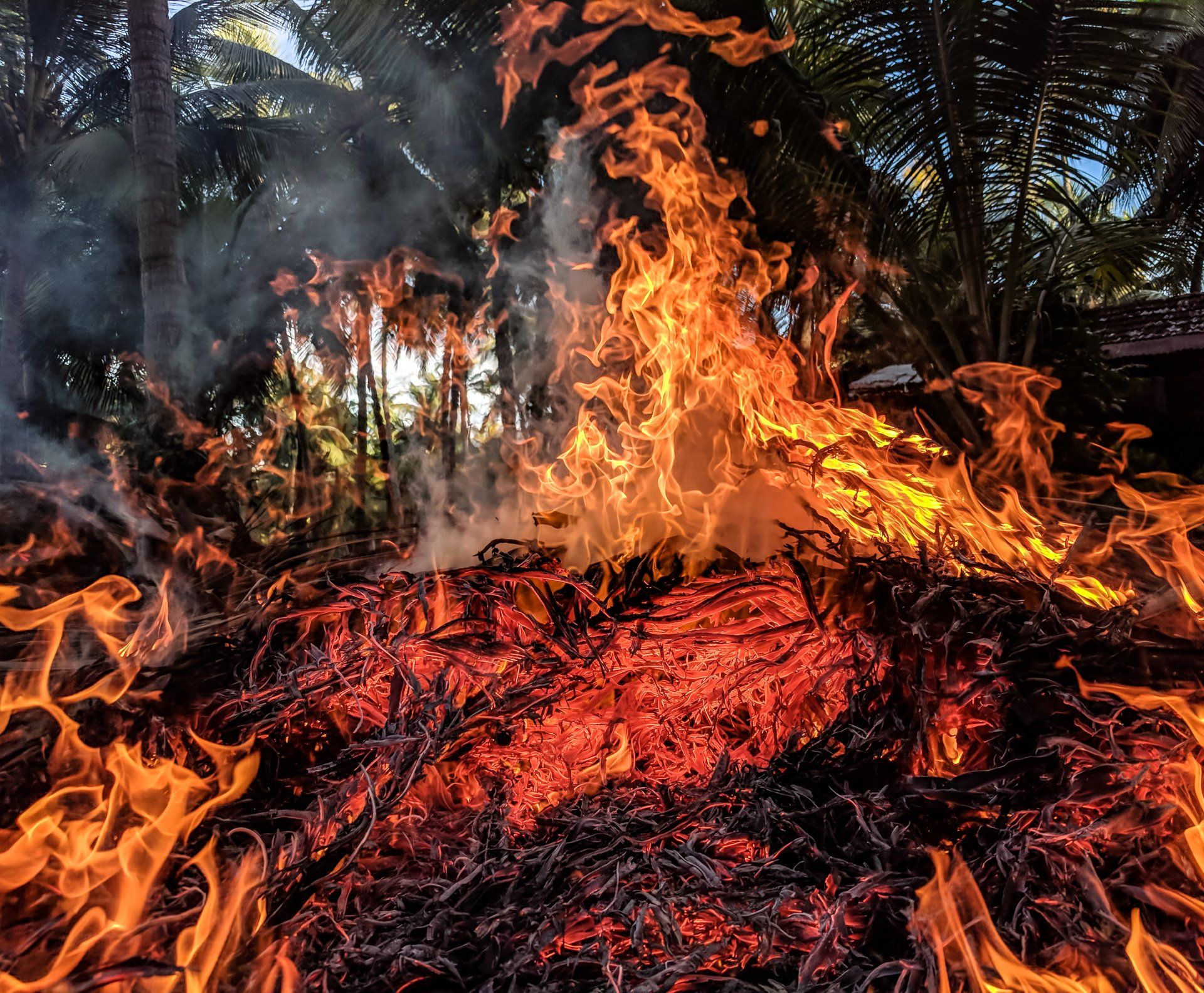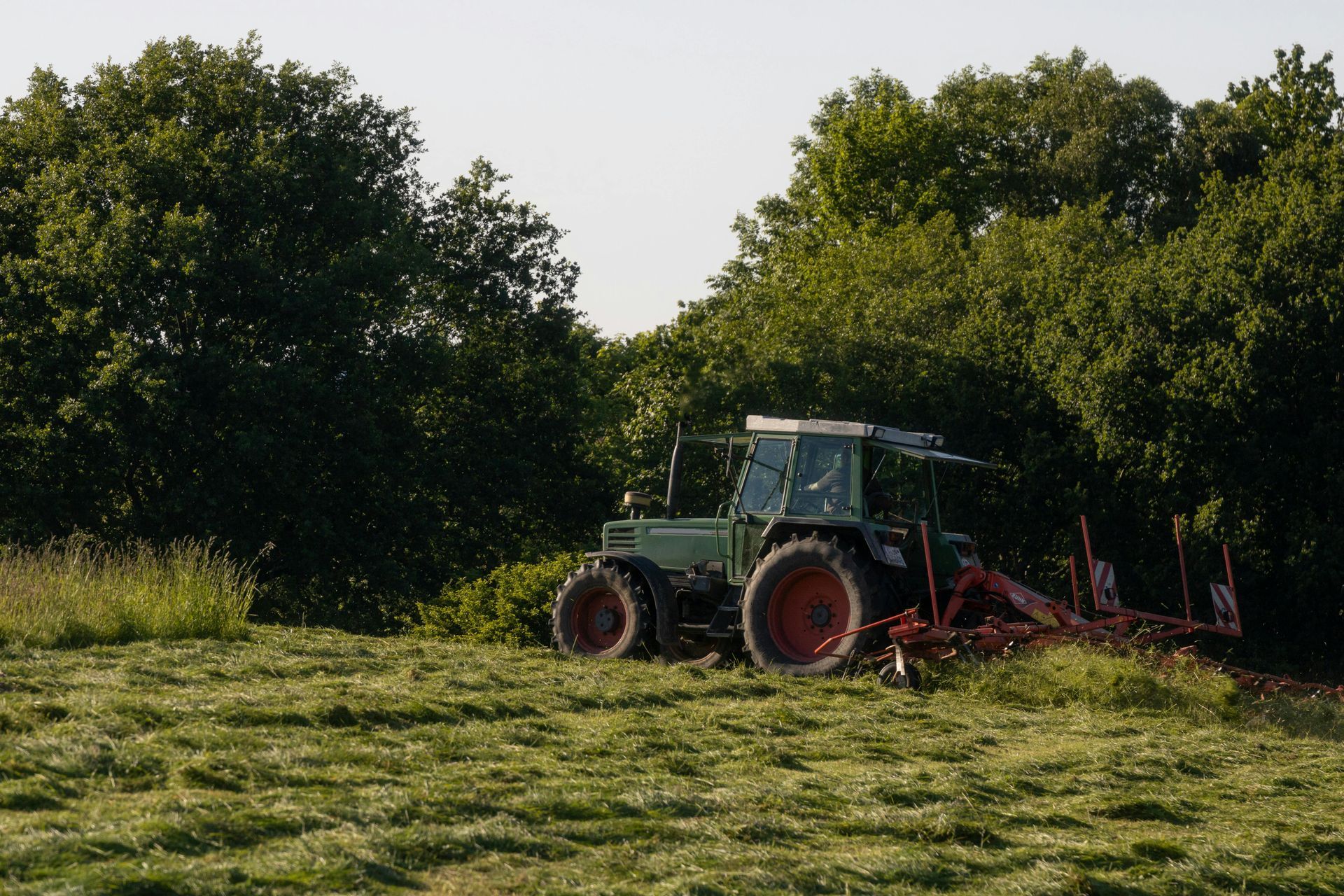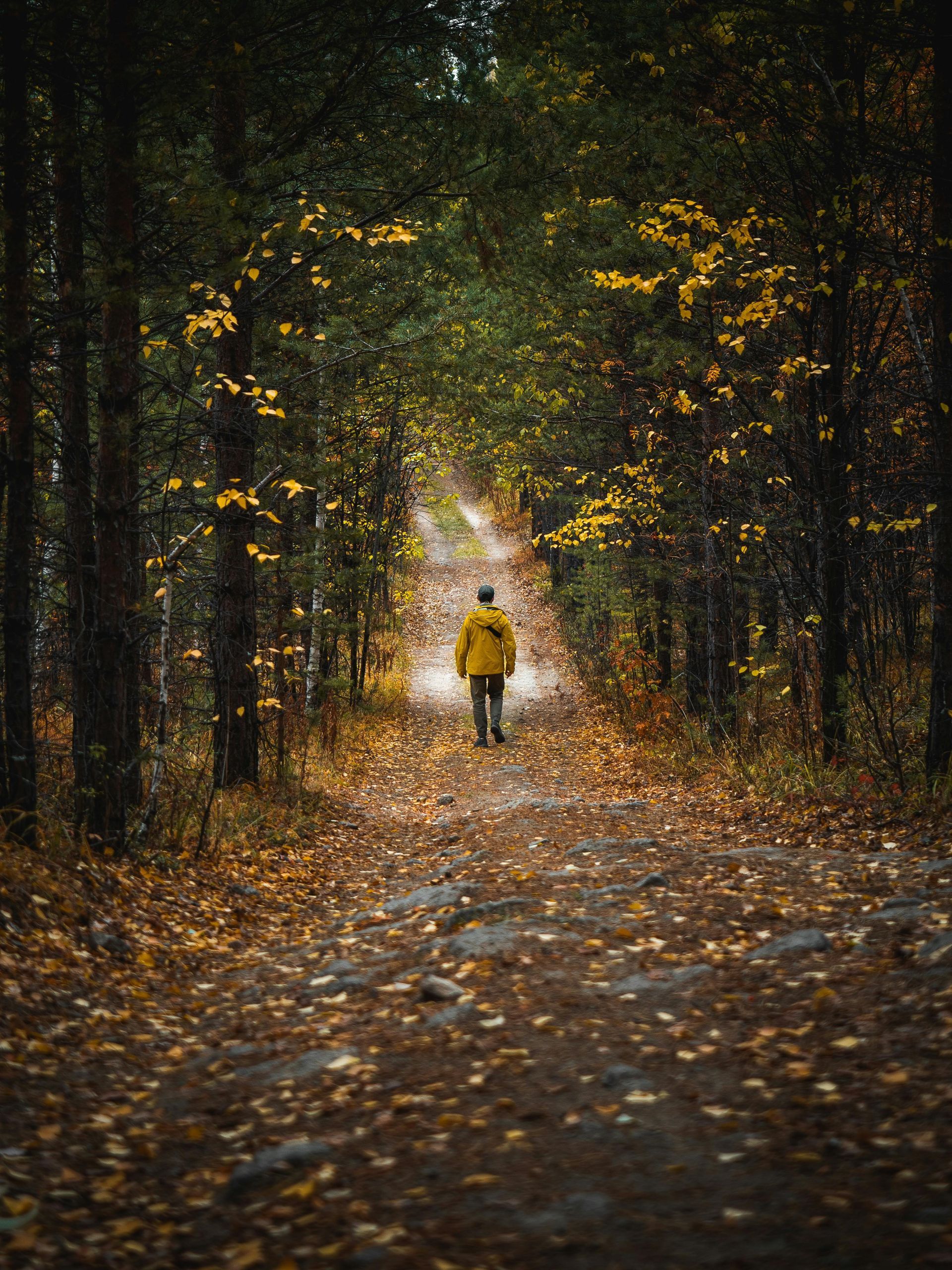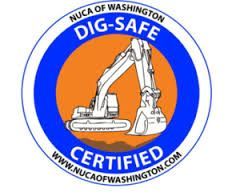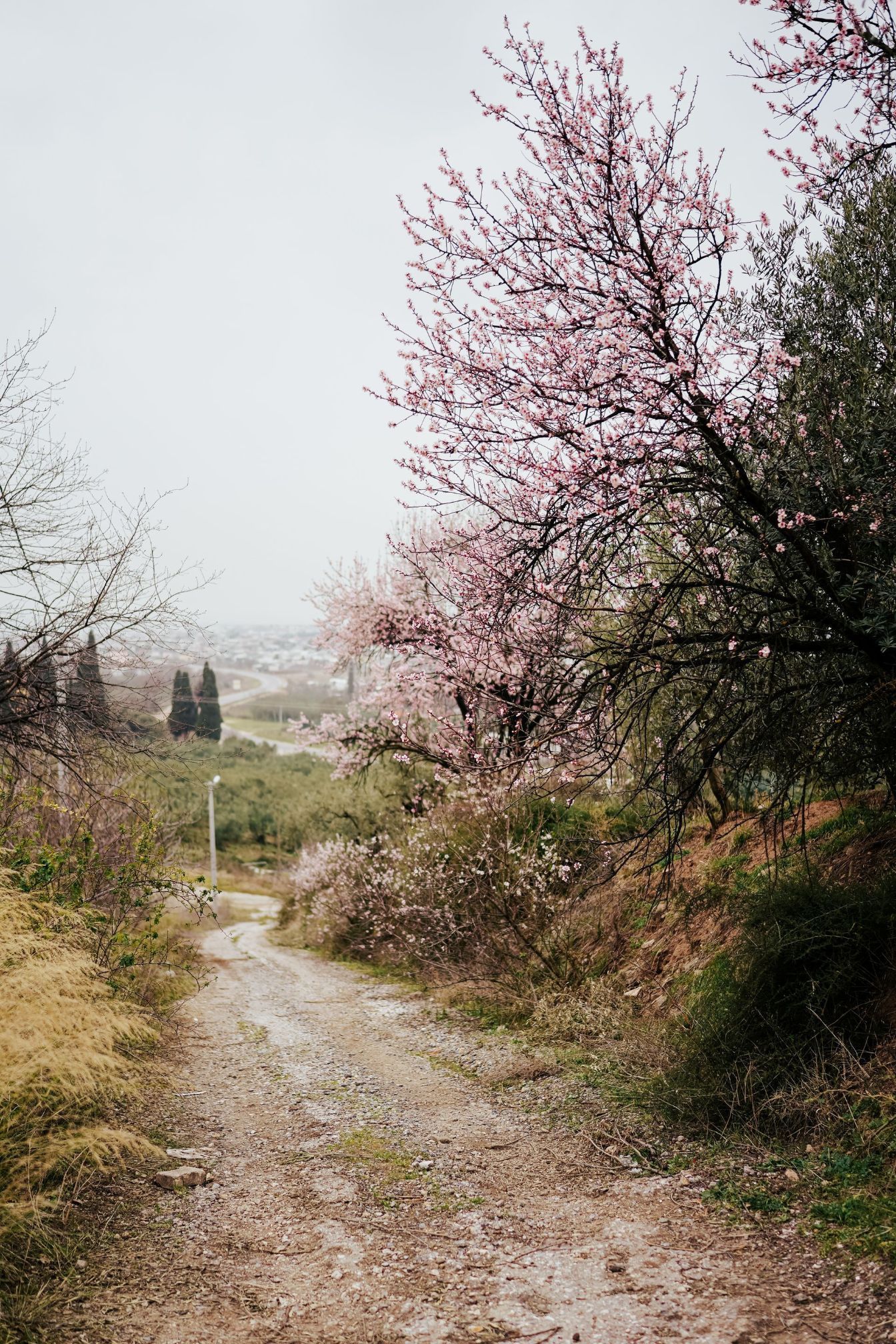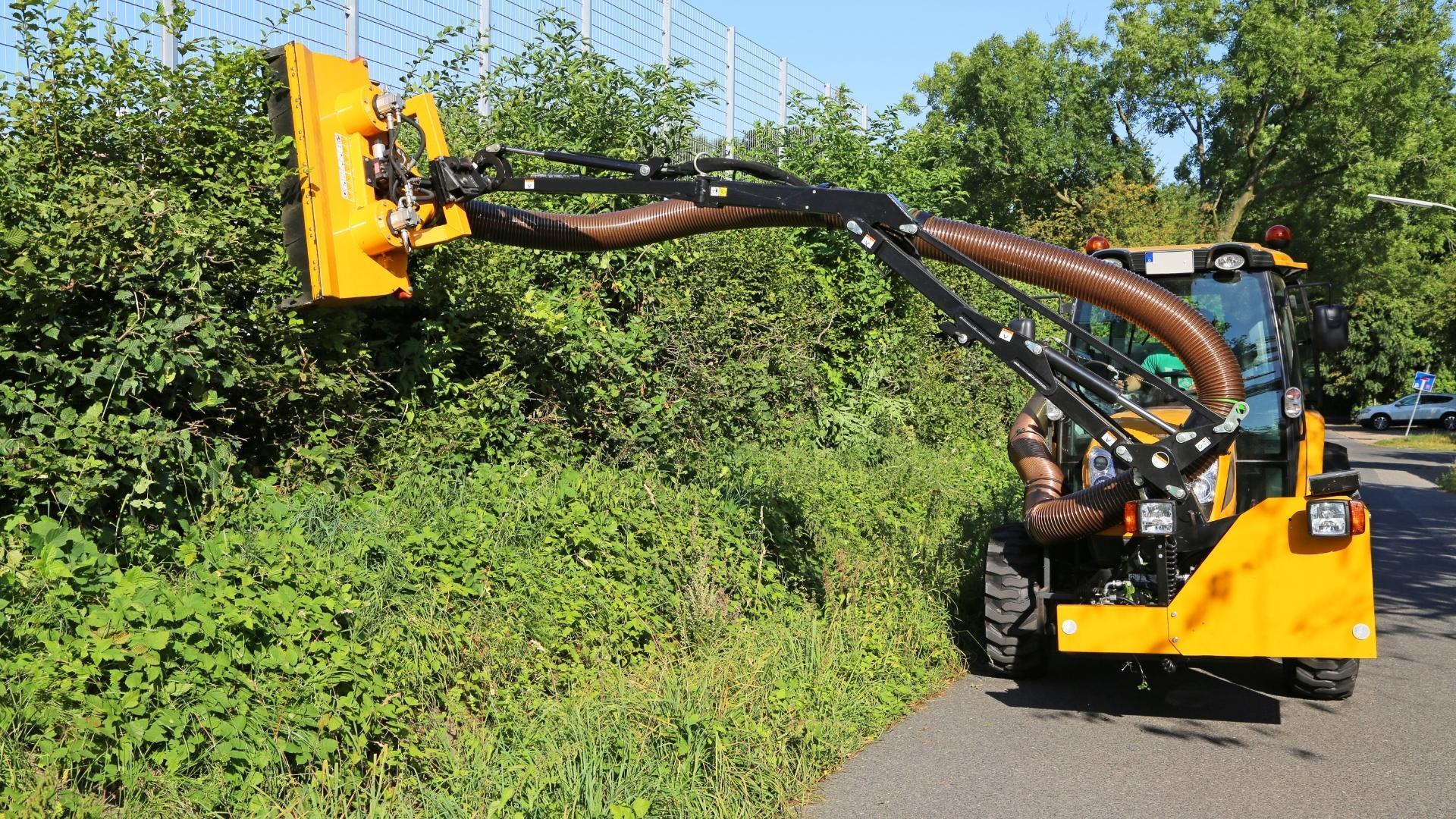Professional Land Clearing Services in Seattle, Bellevue, Kent & Beyond
Whether you're prepping for new construction, reclaiming your backyard, or dealing with invasive brush like blackberry and ivy, Sound Tree Care delivers expert land clearing services across the Puget Sound region. Our team handles everything from small residential brush removal to full-scale lot clearing with heavy equipment. We prioritize safety, environmental protection, and local permitting compliance—so you can move forward with confidence.
Our Land Clearing Services
🎥 Video: Professional Land Clearing Services in Seattle, Washington
See our land clearing crew in action as we remove brush, blackberry, and small trees from a residential property in Seattle.
This video highlights our step-by-step process—from initial site assessment to debris removal—and showcases the heavy equipment and safety practices we use to clear land efficiently and responsibly. Whether you’re prepping for new construction or reclaiming overgrown space, this is what expert brush clearing looks like.
💪 Why Choose Sound Tree Care for Land Clearing?
Local expertise. Professional execution. Honest results.
At Sound Tree Care, we’re not just a crew with big equipment—we’re certified arborists, qualified risk assessors, and environmental stewards. Our team delivers land clearing and brush removal with precision, safety, and deep knowledge of local tree codes and critical area regulations.
Here’s what sets us apart:
✅
ISA Certified Arborists & Qualified Tree Risk Assessors
We don’t just cut—we assess, plan, and execute with care.
✅
Permitting Help & Code Compliance
We know the rules in Seattle, Bellevue, Kent, and beyond—and we’ll help you follow them.
✅
Specialized Equipment for Any Terrain
Forestry mulchers, brush cutters, excavators—we bring the right tools for your land and your goals.
✅
Invasive Species Removal Pros
From Himalayan blackberry to ivy-choked slopes, we know how to get it gone and keep it gone.
✅
Eco-Conscious Practices
We mulch onsite when possible, minimize erosion, and work around native trees you want to keep.
✅
Locally Owned & Operated
We live here. We work here. And we’re proud to clear the way for what’s next on your land.
🌍 Serving Seattle & the Greater Puget Sound Region
Sound Tree Care LLC proudly offers professional land clearing and brush removal services across Seattle, Tacoma, Olympia, and surrounding areas in King, Pierce, and Thurston Counties. Whether you're managing a dense lot in the city or clearing acreage in rural Sammamish, our team is equipped for both residential and commercial land clearing projects of all sizes.
🧭 Seattle Neighborhoods We Serve
📍North Seattle:
Green Lake
Northgate
Maple Leaf
Wedgewood
Lake City
Roosevelt
Haller Lake
Broadview
Licton Springs
📍Central Seattle:
Capitol Hill
Madison Valley
Madrona
Central District
First Hill
Montlake
Eastlake
Yesler Terrace
📍West Seattle:
📍Northwest Seattle:
Ballard
Old Ballard
Loyal Heights
Sunset Hill
Crown Hill
Phinney Ridge
Greenwood
Blue Ridge
North Beach
📍South Seattle:
Beacon Hill
Rainier Valley
Rainier Beach
Seward Park
Columbia City
Mount Baker
New Holly
📍Downtown & Surrounding:
Queen Anne
Belltown
South Lake Union
Pioneer Square
Denny Triangle
International District
🗺️ Communities We Proudly Serve Around Seattle
In addition to Seattle, Sound Tree Care proudly provides professional land clearing and brush removal services throughout the greater Puget Sound region. From the Eastside foothills to the South Sound and surrounding island communities, we clear land safely and efficiently—always with a deep understanding of each area’s terrain, vegetation, and permitting requirements. Whether you're prepping a build site, reclaiming overgrown acreage, or managing invasive brush, we’re ready to help. Explore the list below to see if we serve your neighborhood.
📍 Bellevue Area:
📍Eastside & Foothills:
📍South King County:
- Renton
- Kent
- Auburn
- Federal Way
- Tukwila
- SeaTac
- Des Moines
- Burien
- Normandy Park
📍Seattle & North End:
- Seattle (all neighborhoods)
- Shoreline
📍Island Communities:
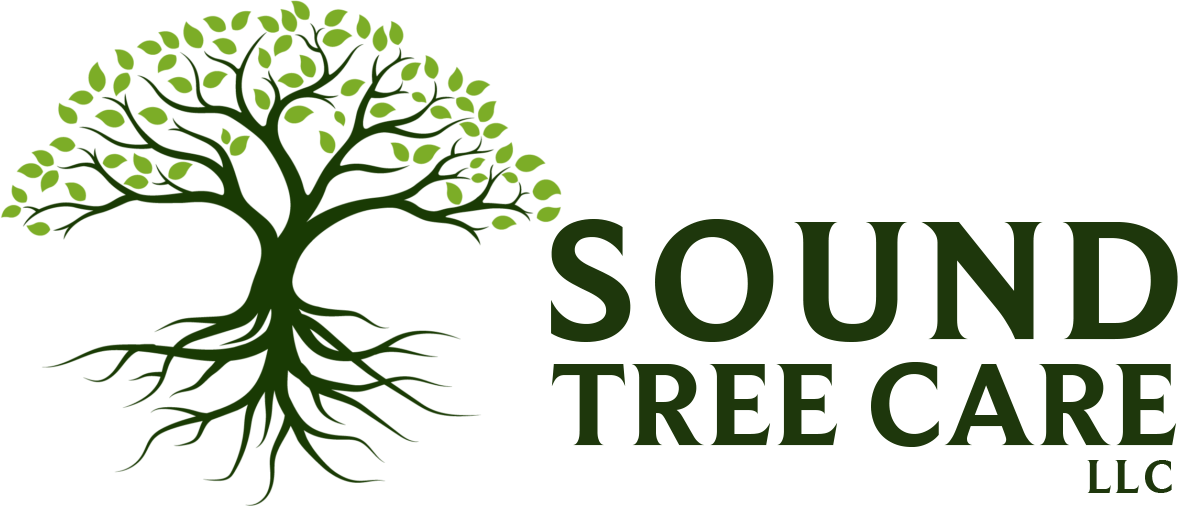
❓ 9 Frequently Asked Questions About Land Clearing
Wondering what to expect before scheduling land or brush clearing? You’re not alone.
We’ve answered some of the most common questions about permitting, cost, timelines, and our process—so you can move forward with confidence. If you still have questions, just reach out and we’ll be happy to help.
🔸 Do I need a permit to clear land in Seattle or King County?
In many areas—especially those with steep slopes, wetlands, or Environmentally Critical Areas (ECAs)—permits are required for land clearing or brush removal. Our team can help assess your site and provide arborist documentation to support your permit application.Describe the item or answer the question so that site visitors who are interested get more information. You can emphasize this text with bullets, italics or bold, and add links.
🔸 How much does land clearing or brush removal cost?
Pricing depends on the size of the area, vegetation density, slope, and access. Residential brush clearing typically starts at $1,500+, while larger or equipment-heavy jobs may range $3,000–$10,000+. We’re happy to provide a free, detailed estimate.Describe the item or answer the question so that site visitors who are interested get more information. You can emphasize this text with bullets, italics or bold, and add links.
🔸 Can you remove invasive plants like blackberry and ivy?
Yes! We specialize in blackberry, ivy, bamboo, and other invasive species removal. Our process includes root removal and suppression strategies to reduce regrowth.Describe the item or answer the question so that site visitors who are interested get more information. You can emphasize this text with bullets, italics or bold, and add links.
🔸 What equipment do you use for clearing land?
We use forestry mulchers, excavators, brush cutters, and hand tools—choosing the safest, most effective method for your land and goals. Mulching is ideal for environmentally friendly brush clearing with minimal ground disturbance.
🔸 Do you offer wildfire defensible space clearing?
Absolutely. We clear brush and small trees around structures to reduce fire risk and follow NFPA and Firewise best practices. Learn more in our Wildfire Defensible Space Guide.
🔸 How long does a typical land clearing job take?
Most residential brush clearing projects can be completed in 1–2 days. Larger or more complex sites may take several days to a week, especially if tree removal, grading, or permitting is involved. We’ll provide a clear timeline in your estimate.Describe the item or answer the question so that site visitors who are interested get more information. You can emphasize this text with bullets, italics or bold, and add links.
🔸 Can you clear land on a slope or hillside?
Yes. We regularly work on steep slopes and hillside properties, including within Environmentally Critical Areas (ECAs). Our team uses specialized equipment and erosion control methods to keep your site stable and compliant.Describe the item or answer the question so that site visitors who are interested get more information. You can emphasize this text with bullets, italics or bold, and add links.
🔸 Do you haul away debris, or leave it onsite?
That’s up to you. We offer both options. Some clients choose forestry mulching to leave nutrient-rich mulch onsite. Others prefer full removal of material. We’ll discuss debris handling as part of your estimate.
🔸 Can you work around trees I want to keep?
Definitely. As ISA Certified Arborists, we prioritize tree preservation. We’ll identify trees worth saving, protect their critical root zones, and clear around them safely—whether it’s a mature fir or a small fruit tree.
📘 Learn More About Land Clearing & Brush Removal
Stay informed with expert insights on professional land clearing services, brush removal techniques, and site preparation tips for new construction. Our blog covers everything from eco-friendly vegetation removal to wildfire defensible space strategies and permit requirements for land clearing in Seattle.
Explore how Sound Tree Care can help you clear your property safely, legally, and with minimal environmental impact—while enhancing the health and usability of your land.
🌲 Ready to Clear the Way?
Whether you're prepping for a build, tackling invasive brush, or creating defensible space against wildfire, Sound Tree Care is your trusted partner in professional land and brush clearing. With ISA Certified Arborists, heavy equipment, and deep knowledge of local codes, we make the process easy—from site visit to final cleanup.
📍 Serving Seattle, Bellevue, Kent, Renton, and communities across King, Pierce, and Thurston Counties.
💵 Free Estimates
🧭 Washington State Licensed & Insured
🪪 Seattle Registered Tree Service Provider
⭐⭐⭐⭐⭐ 5-Star Rated Across Google, Yelp & More
💬 Let’s Get Started
📞 Call us now at
206-486-7790 – Click to call!
📝 Request a
Free Quote Online: Click to Online Form
🥇Experience the Sound Difference with trusted, top-quality tree services
